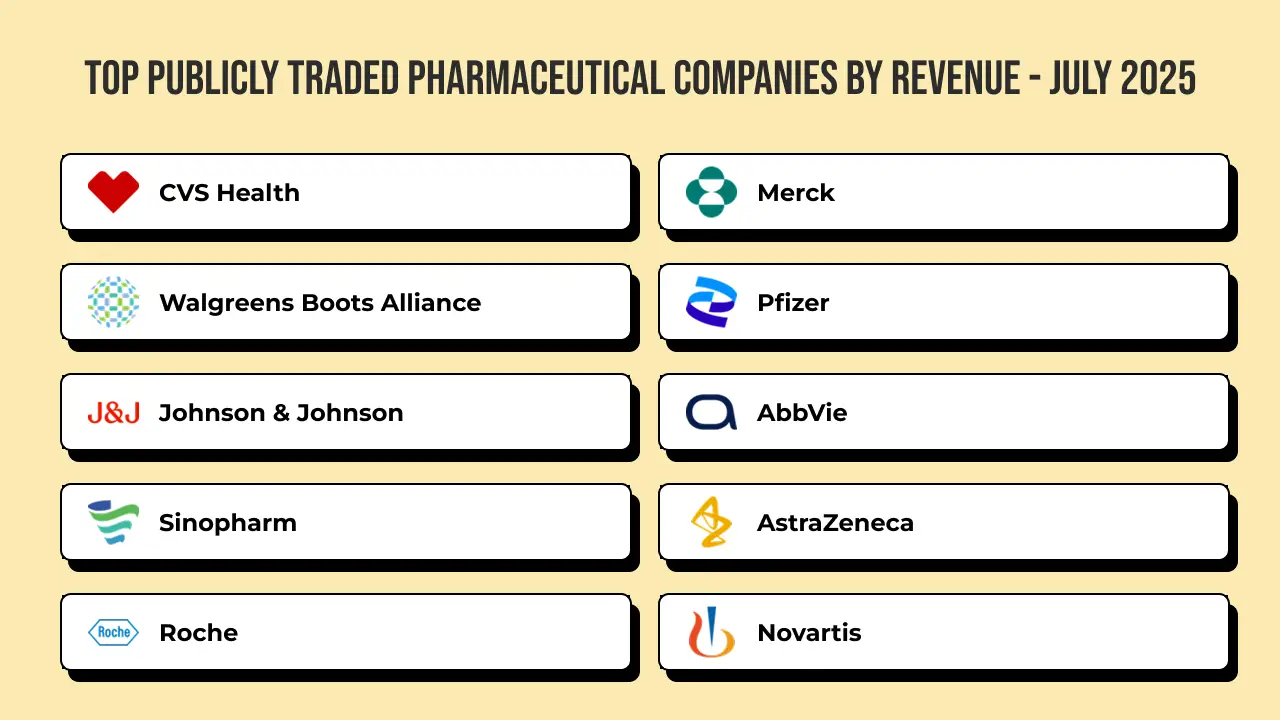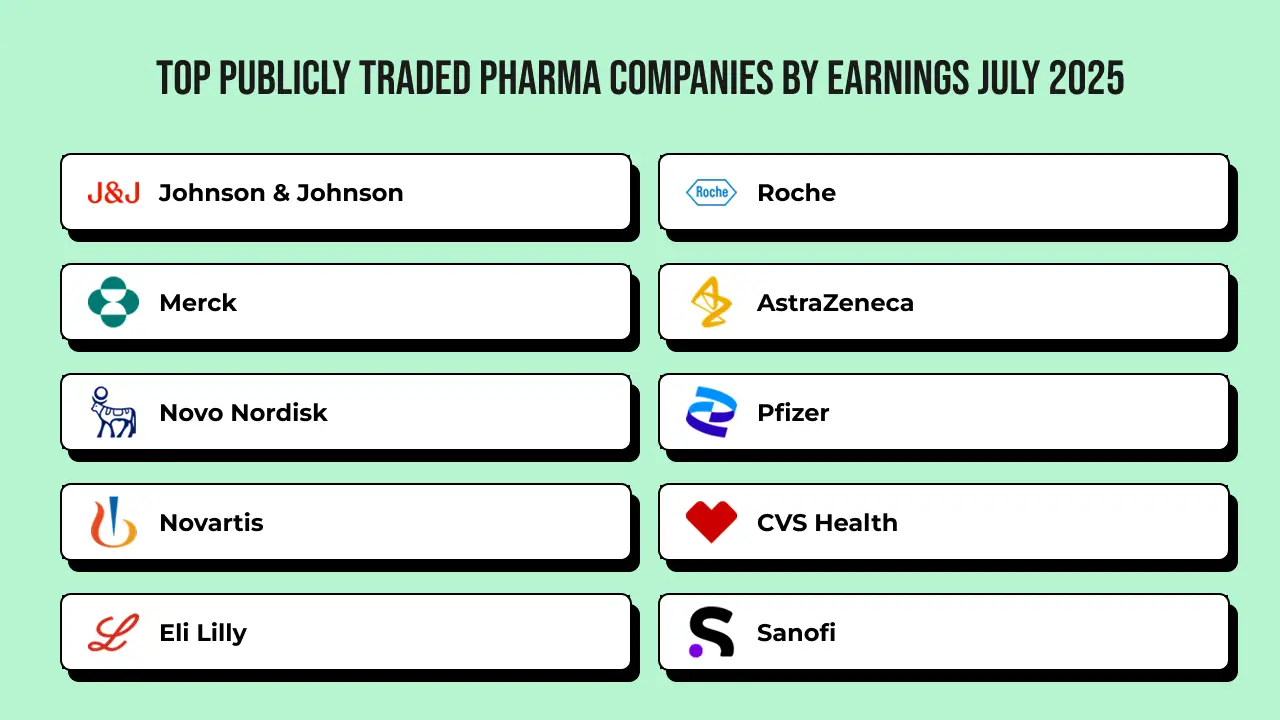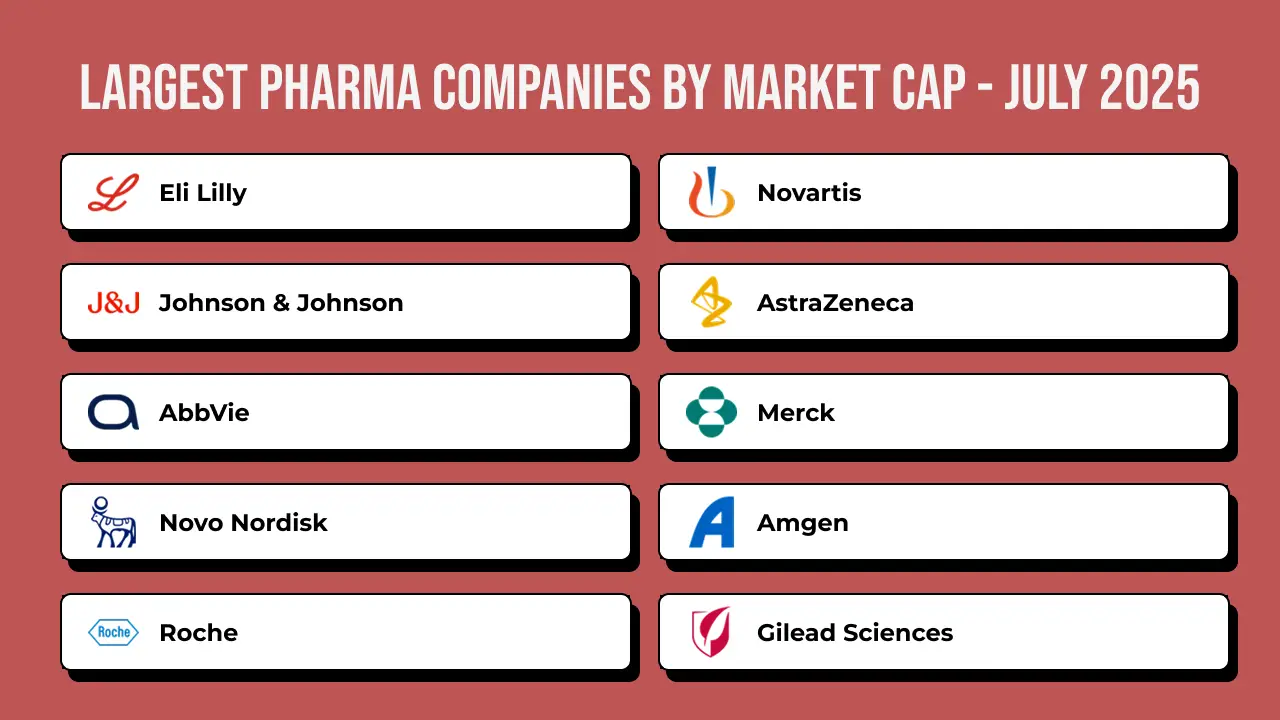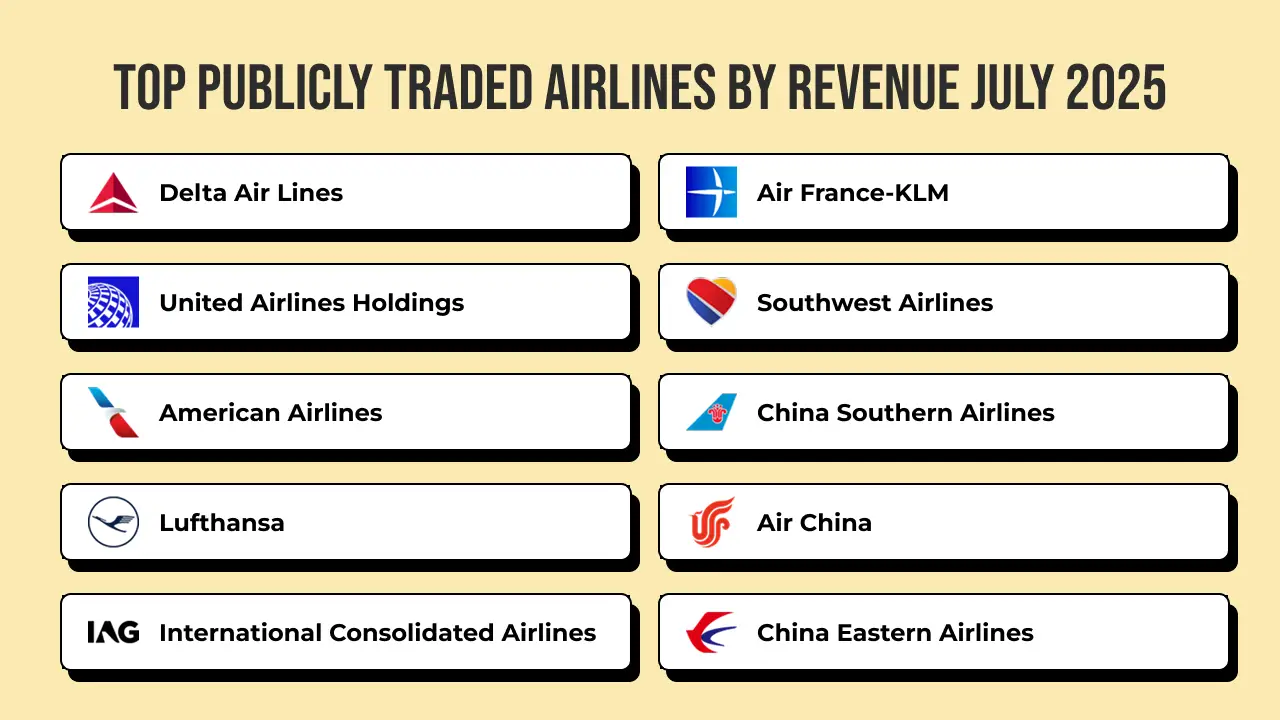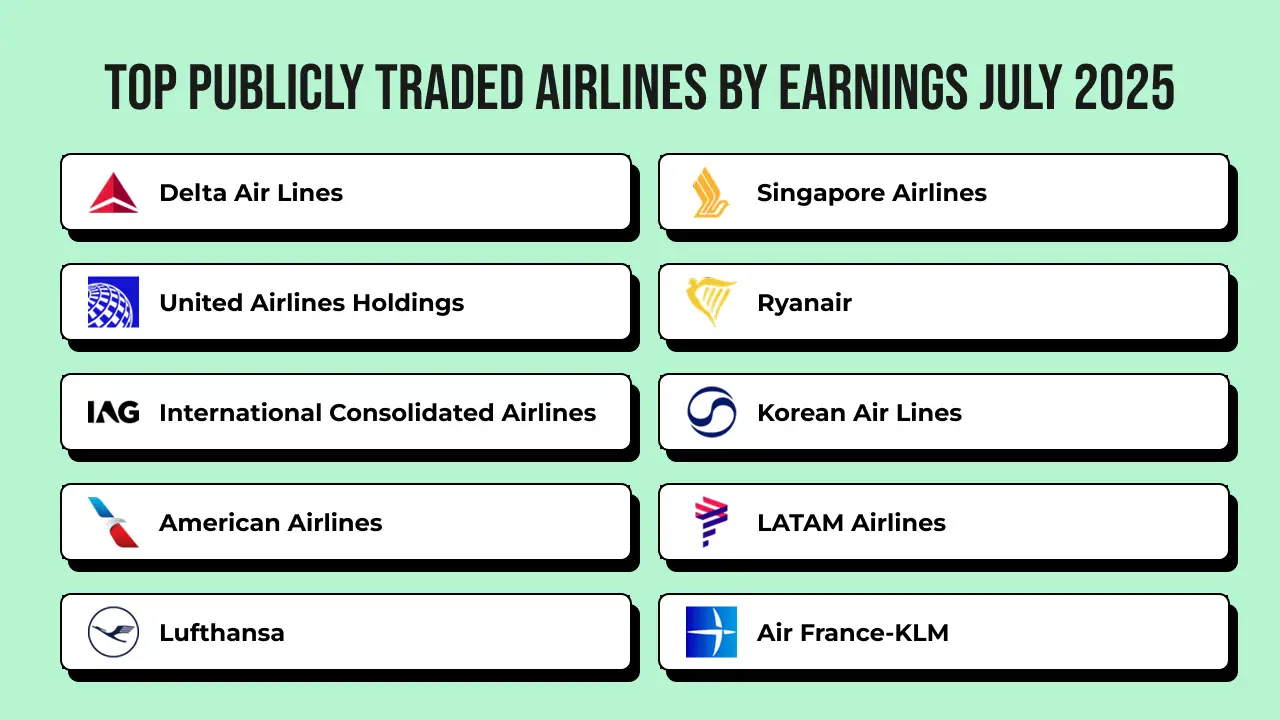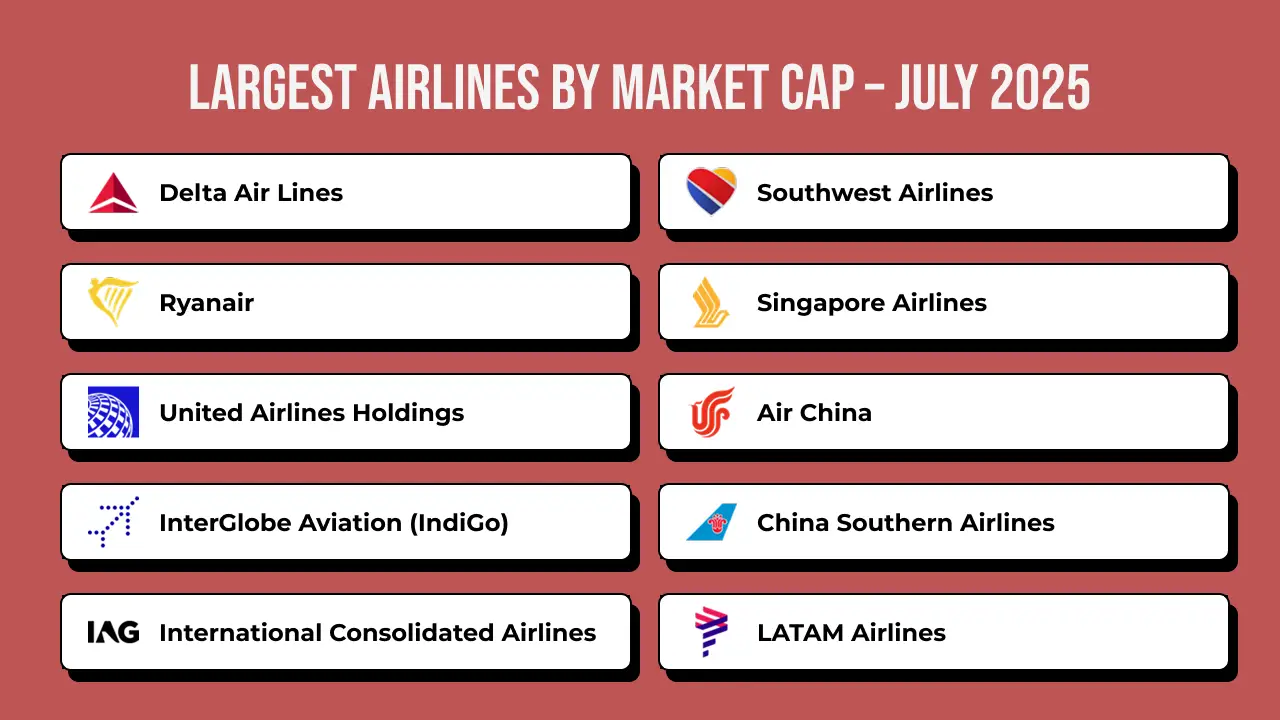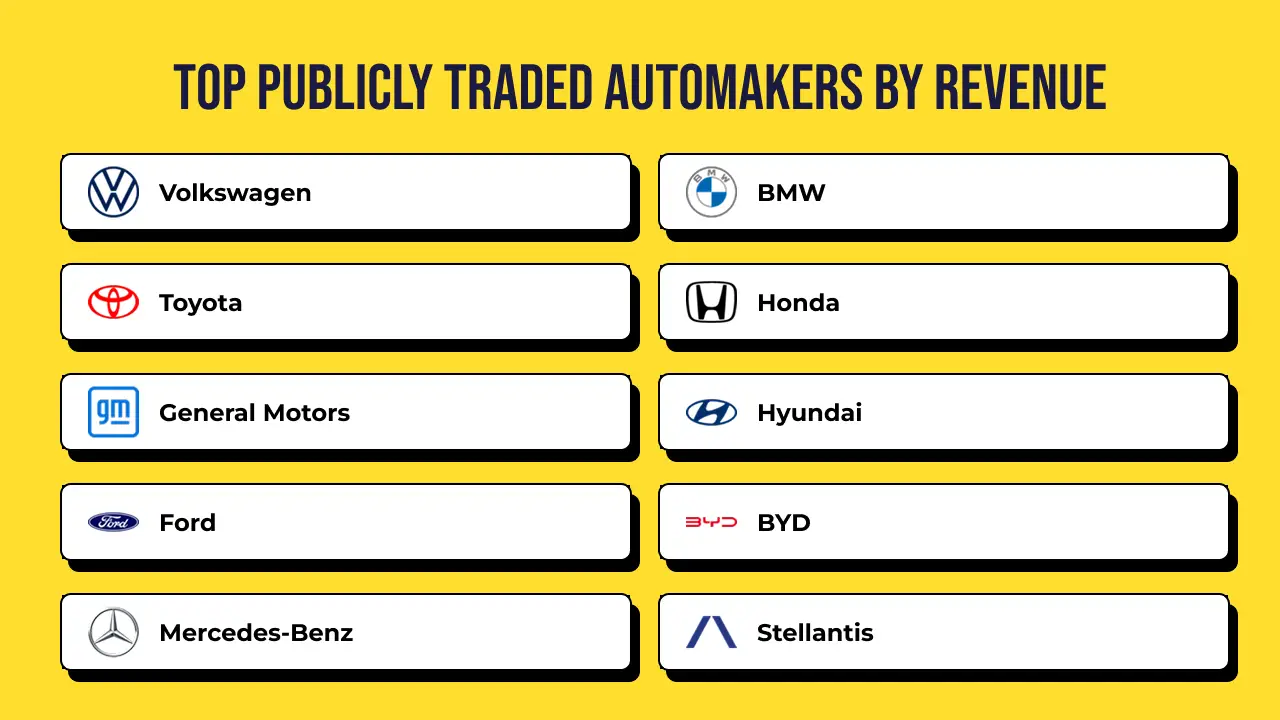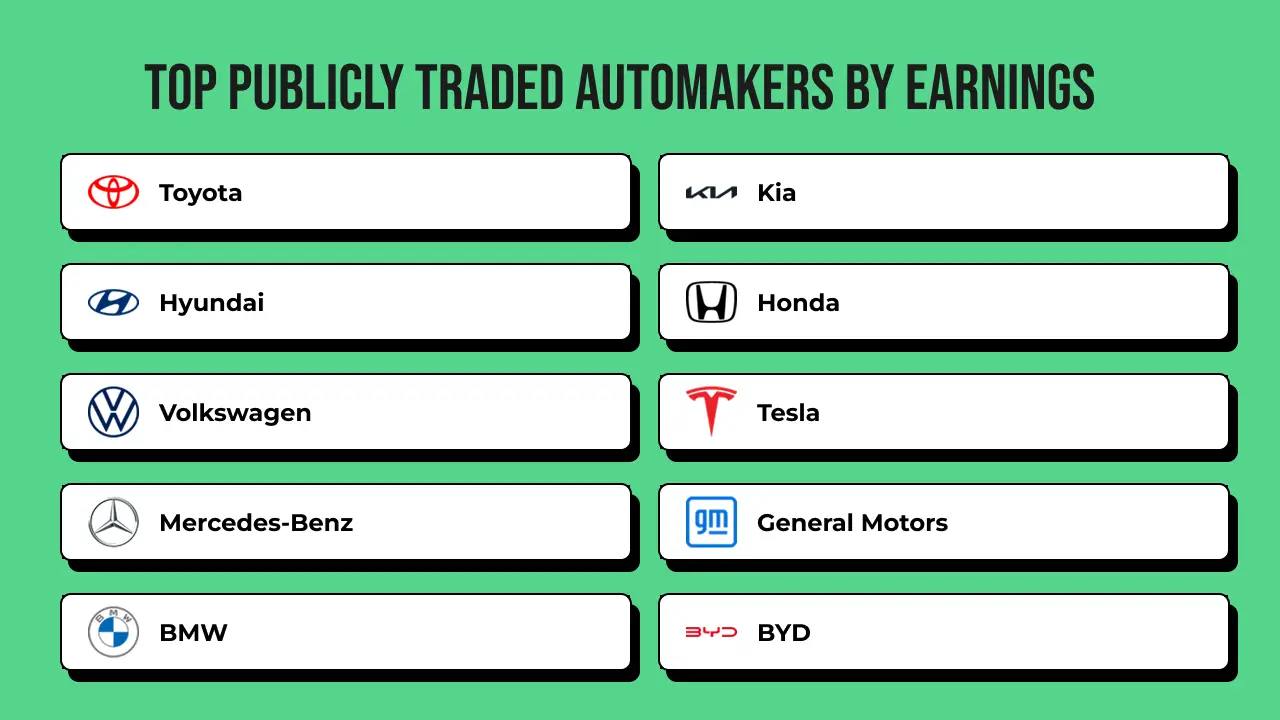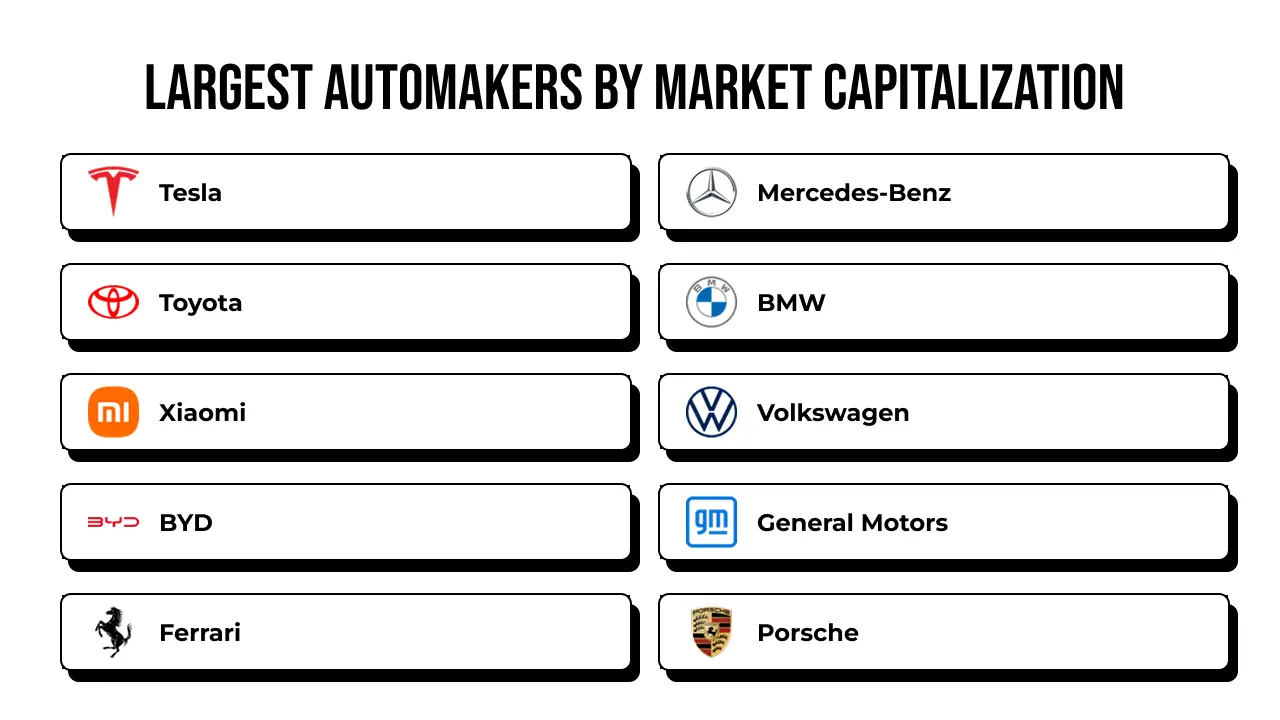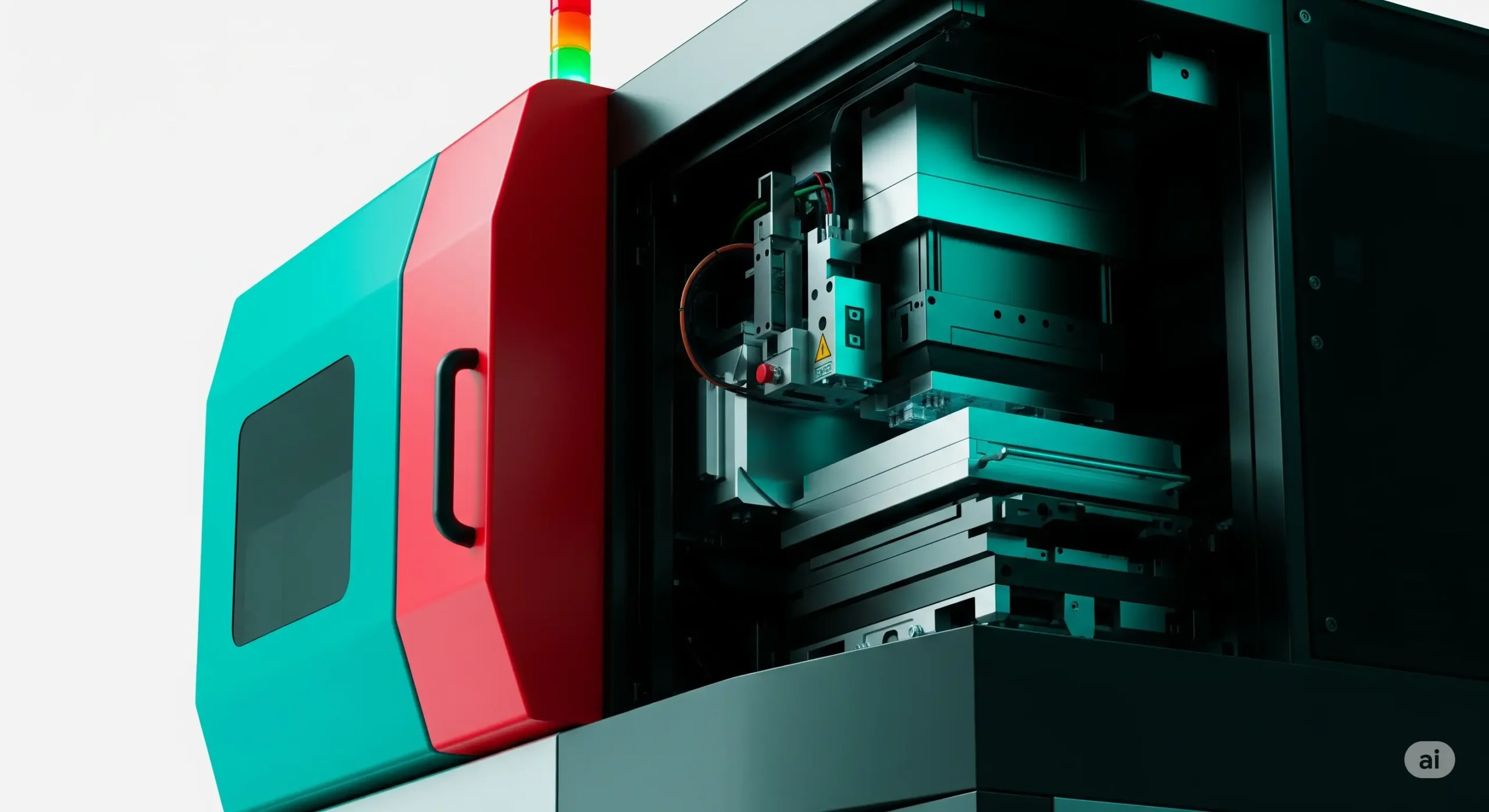I find the drug discovery market to be a dynamic and rapidly evolving sector, driven by advancements in biotechnology and rising global demand for novel therapeutics. As of my last analysis in 2025, the market was valued at approximately $65.3 billion in 2024 and is projected to reach $120.7 billion by 2030, growing at a compound annual growth rate (CAGR) of around 10.8%. This growth is fueled by increasing investments in research and development, particularly in addressing complex diseases like cancer and neurological disorders. The rising prevalence of chronic diseases, coupled with an aging population, has spurred pharmaceutical companies to innovate. Additionally, government funding and private investments are pouring into cutting-edge technologies, enabling faster and more efficient drug discovery processes. My perspective is that this market’s expansion reflects a global urgency to tackle unmet medical needs, with significant contributions from both established players and emerging biotech firms.
When I explore the segments of the drug discovery market, I see distinct areas driving progress. The key segments include small molecule drugs, biologics, and gene therapies, with small molecule drugs holding the highest share, accounting for roughly 60% of the market in 2024. Small molecules dominate due to their versatility, ease of manufacturing, and widespread use in treating a variety of conditions, from infectious diseases to chronic illnesses. Biologics, which include monoclonal antibodies and vaccines, are gaining traction due to their specificity in targeting complex diseases like cancer and autoimmune disorders. Gene therapies, though a smaller segment, are growing rapidly, driven by breakthroughs in genetic engineering. I believe the dominance of small molecules stems from their established infrastructure, but biologics and gene therapies are poised for significant growth as precision medicine becomes more mainstream.
Looking at the companies shaping this space, I’m struck by the mix of established giants and innovative newcomers. Leading the pack are Pfizer, Roche, and Novartis, which collectively hold a significant portion of the market due to their extensive R&D pipelines and global reach. Pfizer’s advancements in mRNA technology and Roche’s focus on oncology have set benchmarks, while Novartis excels in gene therapies. Emerging players like Moderna and Gilead Sciences are also making waves, particularly in biologics and antiviral therapies. My take is that the competition between these titans and agile biotech firms fosters innovation, with smaller companies often driving disruptive technologies while larger ones provide the scale needed for global impact.
Geographically, I observe that the drug discovery market is concentrated in a few key regions. The United States leads, contributing over 40% of global revenue, thanks to its robust pharmaceutical industry, advanced research infrastructure, and substantial NIH funding. Europe, particularly Germany and the UK, follows closely, driven by strong academic-industry collaborations. Asia-Pacific, with China and India at the forefront, is emerging as a powerhouse due to cost-effective R&D and growing government support. Japan also plays a significant role, with its focus on precision medicine. I see the U.S. maintaining its lead, but Asia’s rapid growth signals a shift toward a more globalized market, with countries like India leveraging their generic drug expertise to enter high-value segments.
Reflecting on recent advancements, I’m excited by the latest innovations and trends. The integration of artificial intelligence in drug discovery, exemplified by platforms like AlphaFold, has revolutionized protein structure prediction, slashing development timelines. Top trends include the rise of personalized medicine, with a focus on biomarker-driven therapies, and the expansion of CRISPR-based gene editing for rare diseases. Additionally, mRNA technology, propelled by its success in vaccines, is now being explored for cancer and infectious diseases. I believe these innovations, coupled with collaborative models like public-private partnerships, are setting the stage for transformative breakthroughs, making drug discovery more precise and accessible.


